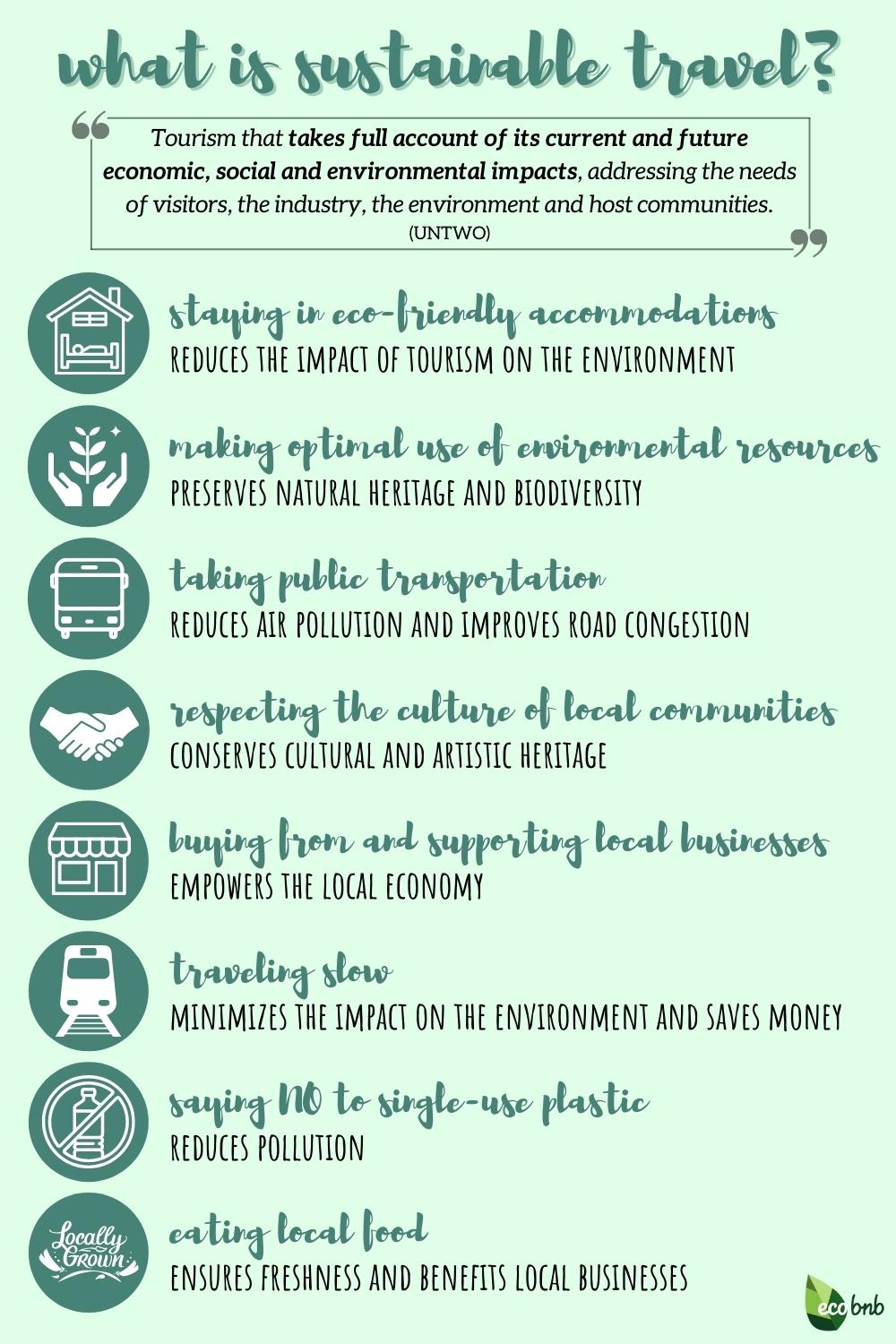Traveling sustainably is more important than ever. As we explore new destinations, it’s crucial to consider our impact on the environment, local communities, and economies. Throughout my travels across various continents, I’ve encountered different levels of sustainable travel practices, which have shaped my understanding of what it truly means to travel responsibly. In this article, we will delve into the concept of sustainable travel levels, share personal experiences, and provide useful tips for responsible tourism.
What is Sustainable Travel?
Sustainable travel refers to a conscious effort to minimize the negative impact of travel on the environment and local communities while enhancing the well-being of residents. This approach prioritizes eco-friendliness, cultural sensitivity, and social responsibility.
Understanding Sustainable Travel Levels
The term “sustainable travel level” can be multifaceted, often representing a spectrum of practices from basic eco-friendly actions to full-fledged sustainable travel experiences. Let’s explore the different levels of sustainable travel.
Level 1: Basic Awareness
At this level, travelers are generally aware of the need to reduce plastic waste or conserve water but may not fully understand the broader implications of their travel choices. For instance, when I first visited Bali, I began to notice how much plastic waste was generated by tourism, prompting me to bring my reusable water bottle and shopping bag.
Level 2: Eco-Conscious Choices
This level involves actively making choices that benefit the environment. Here are some examples:
- Choosing eco-friendly accommodations like boutique hotels or eco-lodges.
- Using public transportation or biking instead of renting cars.
- Participating in local conservation efforts, like beach clean-ups.
During my trip to Costa Rica, I stayed at a treehouse hotel built from sustainable materials and enjoyed guided tours that contributed to wildlife preservation.

Level 3: Community Engagement
This level highlights the importance of engaging with local communities to ensure that tourism positively impacts their lives. It involves:
- Supporting local businesses like restaurants, artisans, and tour guides.
- Participating in cultural exchanges that respect local traditions.
- Staying in homestays or locally-owned accommodations.
In Morocco, I learned to cook traditional dishes in a Berber home, fostering a deeper connection with the culture while supporting the family.
Level 4: Advocacy and Education
At this advanced level, travelers become advocates for sustainability, educating others and promoting responsible travel. This may include:
- Sharing knowledge through blogs, social media, or community events.
- Joining or supporting NGOs focused on sustainable tourism.
- Encouraging others to reduce their carbon footprint while traveling.
I’ve participated in forums and written articles about my experiences, hoping to inspire fellow travelers to make sustainable choices.

Why Sustainable Travel Matters
Understanding sustainable travel levels can help us make informed decisions and ensure our adventures contribute positively to the world around us. Here are some compelling reasons:
- Environmental Preservation: Traveling sustainably helps protect natural habitats and biodiversity.
- Cultural Respect: Sustainable travel fosters respect for local cultures and traditions.
- Economic Support: Supporting local businesses ensures economic benefits remain in the community.
Travel Tips for Sustainable Journeying
1. Research Your Destinations
Before heading out, delve into the sustainability practices of your chosen destination. Look for eco-certifications for hotels, restaurants, and tour operators.

2. Offset Your Carbon Emissions
Calculate your carbon footprint using online calculators and consider offsetting it through reputable programs that support tree planting or renewable energy projects.
3. Pack Light and Smart
Packing only what you need minimizes fuel consumption and reduces waste. Use biodegradable toiletries and reusable items whenever possible.

4. Choose Sustainable Transportation
Public transport, bicycles, and walking are excellent alternatives that reduce carbon emissions and provide a more authentic experience.
Highlighting Sustainable Destinations
Here are some destinations that exemplify sustainable travel practices:

| Destination | Sustainability Practices | Personal Experience |
|---|---|---|
| Sweden | Carbon-neutral policies, extensive public transport | Explored Stockholm via public transit, cutting down on carbon footprint. |
| New Zealand | Wildlife conservation efforts, eco-tourism | Participated in a tour that emphasized conservation and local community support. |
| Bhutan | High-value, low-impact tourism | Engaged in cultural exchanges while respecting local customs and traditions. |
Pros and Cons of Sustainable Travel
Pros
- Reduced environmental impact.
- Stronger connections with local cultures.
- Support for conservation efforts.

Cons
- Often at a higher cost compared to conventional tourism.
- Limited choices in certain areas.
- May require more planning and research.
Comparing Accommodation Options
When selecting accommodations, consider the following sustainable options:

| Accommodation Type | Pros | Cons | Rating (1-5) |
|---|---|---|---|
| Eco-lodge | Environmentally friendly, supports local communities | May be more expensive | 4.5 |
| Homestay | Cultural immersion, direct support to families | Less privacy | 4.7 |
| Traditional hotel | Range of amenities, familiarity | Often less sustainable | 3.5 |
FAQs About Sustainable Travel
What are the benefits of sustainable travel?
Sustainable travel benefits the environment, local communities, and economies by promoting eco-friendly practices and cultural respect.
How can I find sustainable travel options?
Research online, check for eco-certifications, and read reviews from like-minded travelers who prioritize sustainability.
Is sustainable travel more expensive?
While some sustainable options may have a higher upfront cost, they often result in long-term benefits for the environment and local economies.
Can I travel sustainably in popular tourist destinations?
Yes! Many well-known destinations offer eco-friendly accommodations and tours. It’s all about making informed choices.
Conclusion: The Future of Travel
Traveling sustainably is not just a trend; it’s a necessary commitment to preserving the beauty of our planet for future generations. By understanding different sustainable travel levels and incorporating eco-friendly practices into our journeys, we can make a positive impact on the world.
As a traveler, I’ve learned that embracing sustainability enriches my experiences and deepens my connection with the places I visit. Join me in making conscious travel choices, and together we can explore the world responsibly!